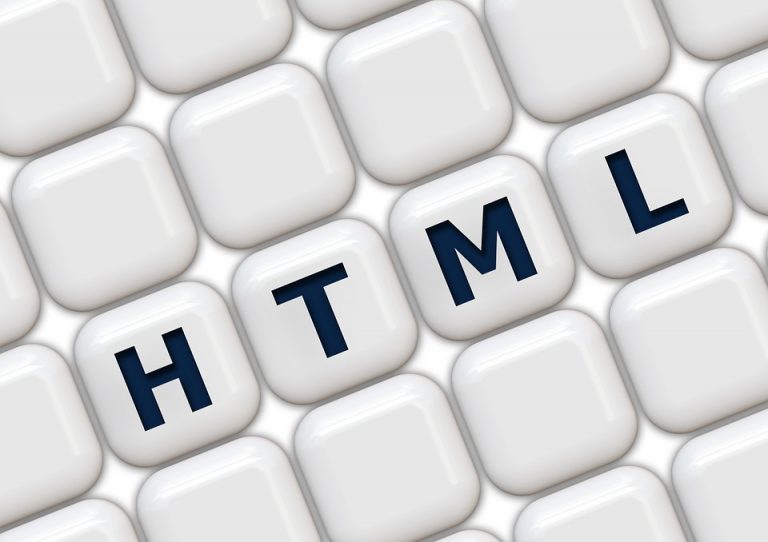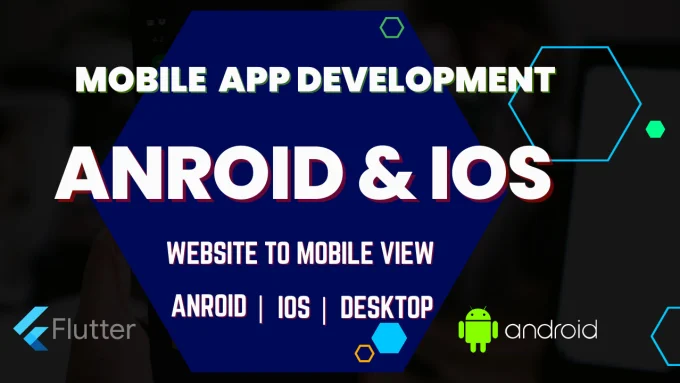
HTML, or HyperText Markup Language, is a cornerstone of the World Wide Web, enabling
the creation and structuring of web pages. As a markup language, HTML is essential in
defining the layout, formatting, and content of web pages, making it an indispensable tool
for web developers and designers. In this comprehensive guide, we will delve deep into the
intricacies of HTML, exploring its full form, its role in computer systems, and its impact on
modern web development.
HTML stands for HyperText Markup Language. It is a standard language used to create
and design web pages and web applications. The term HyperText refers to the method of
linking together different pieces of information through hyperlinks. Markup Language
refers to a system for annotating a document in a way that is syntactically distinguishable
from the text, which helps in defining the structure and layout of the web content.
Breaking Down the Components of HTML
1. HyperText: The "Hyper" in HyperText refers to the non-linear approach to
information, meaning that users can jump from one document to another through
hyperlinks. This is a fundamental concept of the web, allowing for easy navigation
and connectivity between different pieces of information.
2. Markup: Markup refers to the annotations that are made within the text to define
the structure and presentation of the content. In HTML, this is done using "tags,"
which are enclosed in angle brackets (e.g., <tag>). These tags tell the web browser
how to display the content within the document.
3. Language: HTML is considered a language because it has its own syntax and rules
that dictate how elements should be used to achieve the desired layout and
functionality. Although not a programming language in the traditional sense, HTML
is a foundational language for the web, working in conjunction with other languages
like CSS (Cascading Style Sheets) and JavaScript.
The Evolution of HTML
HTML has undergone significant changes since its inception. Let's take a brief look at its
history and how it has evolved to meet the growing demands of web development.
HTML 1.0: The Beginning
The first version of HTML was introduced by Tim Berners-Lee in 1991. It was a simple and
basic markup language designed to facilitate the sharing of scientific research papers.
HTML 1.0 provided a limited set of tags, mostly focused on basic text formatting, such as
headings, paragraphs, and links.
HTML 2.0 to HTML 4.01: Expanding Capabilities
HTML 2.0, released in 1995, built on the foundation of HTML 1.0 by introducing additional
features such as forms, tables, and more sophisticated text formatting options. HTML 3.2
and 4.01 further expanded the language's capabilities, adding support for scripts
(JavaScript), multimedia, and enhanced styling options through the integration of CSS.
HTML5: The Modern Standard
HTML5, the latest version of the language, was officially released in 2014. It introduced
significant improvements and new features, including support for multimedia elements
(audio, video), enhanced graphics (canvas, SVG), and new APIs for offline storage,
geolocation, and drag-and-drop functionality. HTML5 is designed to be more flexible and
efficient, making it easier for developers to create dynamic and responsive web
applications.
The Importance of HTML in Web Development
HTML is the foundation of web development, providing the basic structure upon which all
web content is built. It is used in conjunction with CSS for styling and JavaScript for
interactivity, creating a seamless and engaging user experience.
Structuring Content with HTML
One of the primary purposes of HTML is to structure content on a web page. HTML tags are
used to define different elements such as headings, paragraphs, images, links, lists, and
tables. This structure is essential for both users and search engines, as it helps in
understanding the content's hierarchy and relevance.
Accessibility and SEO
HTML plays a crucial role in making web content accessible to all users, including those
with disabilities. By using semantic HTML tags (such as <header>, <nav>, <main>, and
<footer>), developers can ensure that web pages are accessible to screen readers and
other assistive technologies. This not only improves the user experience but also enhances
the page's SEO (Search Engine Optimization) by making it easier for search engines to
index and rank the content.
Cross-Platform Compatibility
One of the strengths of HTML is its cross-platform compatibility. Web pages created with
HTML can be accessed on any device with a web browser, regardless of the operating
system or hardware. This universality has made HTML the standard language for web
development, ensuring that content is available to the widest possible audience.
Common HTML Tags and Their Uses
HTML is composed of various tags, each serving a specific purpose. Below are some of the
most commonly used HTML tags and their functions:
Headings (<h1> to <h6>)
Headings are used to define the titles and subtitles of a web page. There are six levels of
headings, with <h1> being the most important and <h6> the least. Proper use of headings
is crucial for both user experience and SEO, as it helps organize content and signals the
importance of different sections to search engines.
Paragraphs (<p>)
The <p> tag is used to define paragraphs of text. It is one of the most basic and frequently
used tags in HTML, helping to break up content into readable sections.
Links (<a>)
The <a> tag, also known as the anchor tag, is used to create hyperlinks. These links can
point to other web pages, files, or different sections within the same page. The href
attribute within the <a> tag specifies the URL of the destination.
Images (<img>)
The <img> tag is used to embed images within a web page. The src attribute specifies the
path to the image file, while the alt attribute provides alternative text for the image, which
is crucial for accessibility and SEO.
Lists (<ul>, <ol>, <li>)
HTML supports two types of lists: unordered lists (<ul>) and ordered lists (<ol>). List
items are defined using the <li> tag. Lists are used to group related items together,
making content easier to read and understand.
Tables (<table>, <tr>, <td>)
The <table> tag is used to create tables, which are structured grids of rows and columns.
The <tr> tag defines a table row, and the <td> tag defines a table cell. Tables are useful
for displaying data in a structured and organized manner.
Forms (<form>, <input>, <button>)
Forms are used to collect user input on a web page. The <form> tag is used to create a
form, while the <input> tag is used for input fields such as text boxes, radio buttons, and
checkboxes. The <button> tag is used to create buttons for submitting the form.
HTML and the Future of Web Development
As technology continues to evolve, so does HTML. The development of HTML5 has opened
up new possibilities for creating rich, interactive web applications without the need for
additional plugins or software. The ongoing advancements in HTML are paving the way for
more efficient, accessible, and engaging web experiences.
Web components are a set of standards that allow developers to create reusable custom
elements and encapsulate their functionality and styles. These components are built using
HTML, CSS, and JavaScript, and they represent the future of modular and maintainable
web development.
HTML and Progressive Web Apps (PWAs)
Progressive Web Apps (PWAs) are web applications that use modern web technologies to
deliver a user experience similar to native mobile apps. HTML plays a critical role in the
development of PWAs, providing the structure and content for these applications, while
CSS and JavaScript handle the styling and interactivity.
Conclusion
HTML, or HyperText Markup Language, is the backbone of the World Wide Web. Its ability
to structure content, create links, and enhance accessibility makes it an indispensable
tool in web development. As the web continues to evolve, HTML will remain at the
forefront, enabling developers to create dynamic, responsive, and user-friendly websites
that cater to the needs of an ever-growing audience
 Android and iOS App Development Services in Delhi – Oprezo India
Android and iOS App Development Services in Delhi – Oprezo India
 Mobile App Development Company in Delhi, India
Mobile App Development Company in Delhi, India
 Oprezo India: Your Premier Web Development and Mobile App Partner in Delhi for Business Growth
Oprezo India: Your Premier Web Development and Mobile App Partner in Delhi for Business Growth
 Oprezo India – Leading E-commerce Website and App Development Agency in Delhi
Oprezo India – Leading E-commerce Website and App Development Agency in Delhi
 Leading Hybrid, Flutter, and React Native App Development Services in Delhi by Oprezo India
Leading Hybrid, Flutter, and React Native App Development Services in Delhi by Oprezo India